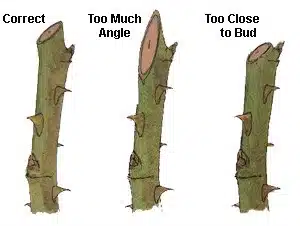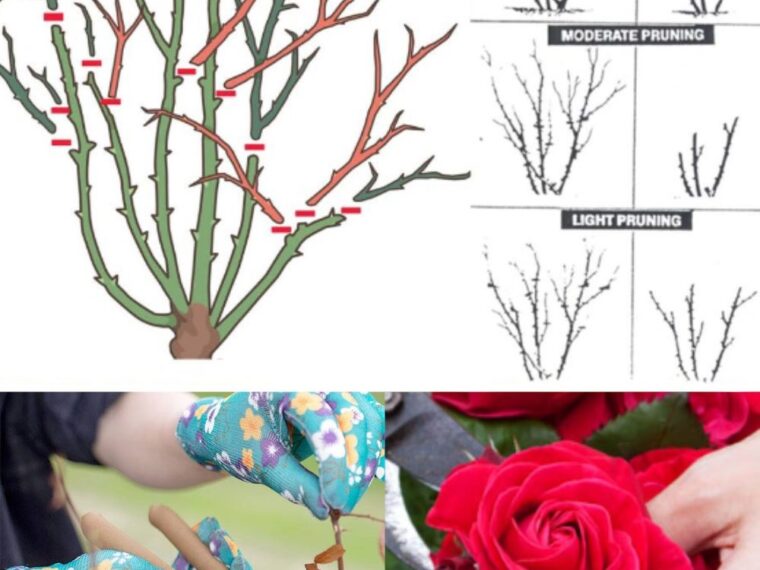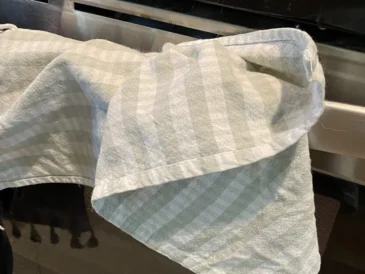3. Pruning Techniques
When pruning roses, aim to remove dead, diseased, or damaged wood, as well as any crowded or crossing branches.
Follow these basic pruning techniques for different types of roses:
- Hybrid Tea and Grandiflora Roses: These roses produce large, single blooms on long stems. To prune, remove any dead or weak stems, as well as any branches growing inward toward the center of the plant. Cut stems back to outward-facing buds to encourage outward growth and airflow.
- Floribunda Roses: Floribundas produce clusters of smaller blooms on shorter stems. Prune similarly to hybrid tea roses, but leave more stems to maintain the bushy habit and abundance of flowers.
- Shrub Roses: Shrub roses have a more natural, sprawling growth habit. Prune lightly to remove dead or crossing branches, focusing on maintaining the overall shape and structure of the plant.
- Climbing Roses: Climbing roses produce long, arching canes that require different pruning techniques. Prune after flowering by removing any dead or weak wood and cutting back lateral branches to encourage new growth.
4. Step-by-Step Pruning Process
Follow these steps for a successful pruning session:
- Start by removing any dead or diseased wood, cutting back to healthy tissue.
- Next, identify and remove any crossing or rubbing branches that could create wounds and invite disease.
- Cut stems at a 45-degree angle, about ¼ inch above an outward-facing bud.
- Aim to open up the center of the plant to improve airflow and sunlight penetration, which reduces the risk of fungal diseases.
- Remove any suckers or basal shoots that emerge from below the graft union, as these can drain energy from the main plant.

5. Post-Pruning Care
After pruning, clean up any debris from around the base of the rose bushes to reduce the risk of disease.
Apply a layer of mulch to conserve moisture, suppress weeds, and regulate soil temperature. Water the plants thoroughly to help them recover from the pruning process.
6. Repeat as Needed
Pruning is an ongoing process that should be done annually to keep rose bushes healthy and productive.
Regular pruning encourages vigorous growth, abundant blooms, and helps maintain the overall shape and size of the plants.
Pruning roses may seem intimidating at first, but with the right timing and techniques, it becomes a rewarding and essential part of rose care.
By following the guidelines outlined in this article and practicing proper pruning, you can enjoy healthy, vibrant rose bushes that grace your garden with a profusion of blooms season after season.





